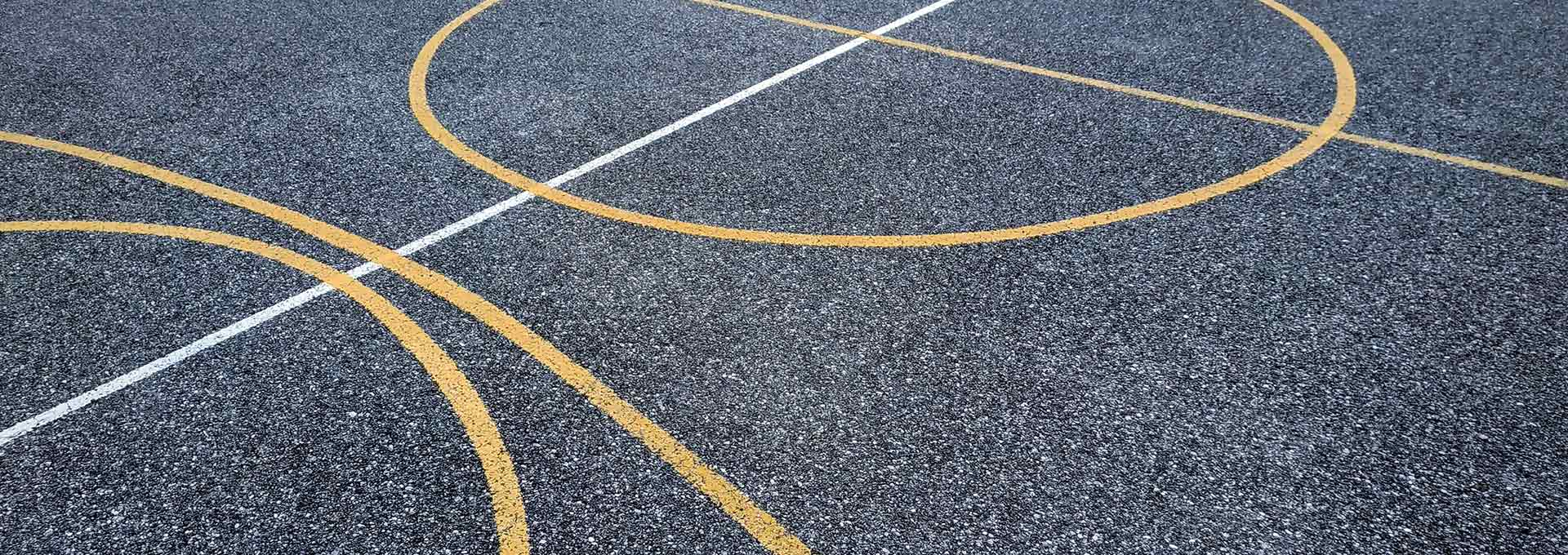
Resources
Seed Grant Awardee: Qiong Nian
Qiong Nian | School for Engineering of Matter, Transport and Energy
Background: Women have become more involved in both recreational and competitive sports and are therefore receiving more attention in the sports medicine literature. Recent studies suggest that some lower extremity injuries are encountered more often by female athletes. Most impressive is the two to eight times higher risk for anterior cruciate ligament (ACL) tears in females than in male basketball and soccer players. The ACL injuries occur in a non-contact fashion, such as quickly changing directions to dodge a defender in soccer or landing from a layup in basketball. The sudden force from a twist or landing may cause the ligament to tear.
The gender differences in ACL injury rate might be attributed to the lower extremity structure difference between males and females. For example, when compared with men, women exhibit greater amounts of static external knee rotation alignment and active hip internal rotation, which may result in greater rotational motion and work at both the hip and knee. Female athletes also often have less muscle mass around the knee, contributing to more instability, which can lead to a ligament tear if the ligament gets overstretched. In addition, when coming down from a jump, female athletes tend to land in a collapsing pattern, moving their knees inward and often not bending them enough. The combination of these factors makes an ACL tear more likely occurring in female athletes.
Goal: To enhance the performance of female athletes, proper techniques when training and playing a sport have been recommended to help minimize the risk factors of ACL injuries. For instance, wearing knee orthotics to reduce the strain on the ACL and limit the rotational motion on the knee has been considered as a promising potential solution. However, the application of current structural knee orthotics is generally restricted by its high unit cost and low effectiveness due to un-customization for specific athletes. To tackle these challenges, the goal of this proposal is to study a potential 3D printing process for manufacturing cost-effective and customized alternatives to present structural knee orthotics. The research objective is to design a knee orthotic according to the specific dimensional requirement of individual female athletes and evaluate its manufacturing cost and effectiveness. Fig. 1 shows a potential design of the 3D printable structural knee orthotic with limited rotational motion allowance.
Alignment and Significance: This project promotes research that explores gender in connection with sport, aligning with one of the key research priorities of Global Sports Institute - “the technology used to enhance performance for particular sexes”. The technical advancement and fundamental knowledge obtained in this research will benefit multiple fields, including additive manufacturing, inverse design, and structural biomechanics. The support to this project will allow the principal investigator to train undergraduate/graduate students, collect preliminary data, and seek external funding support.
Last updated April 2021.